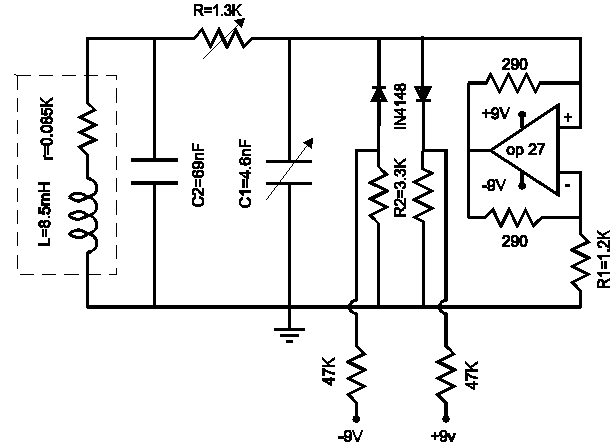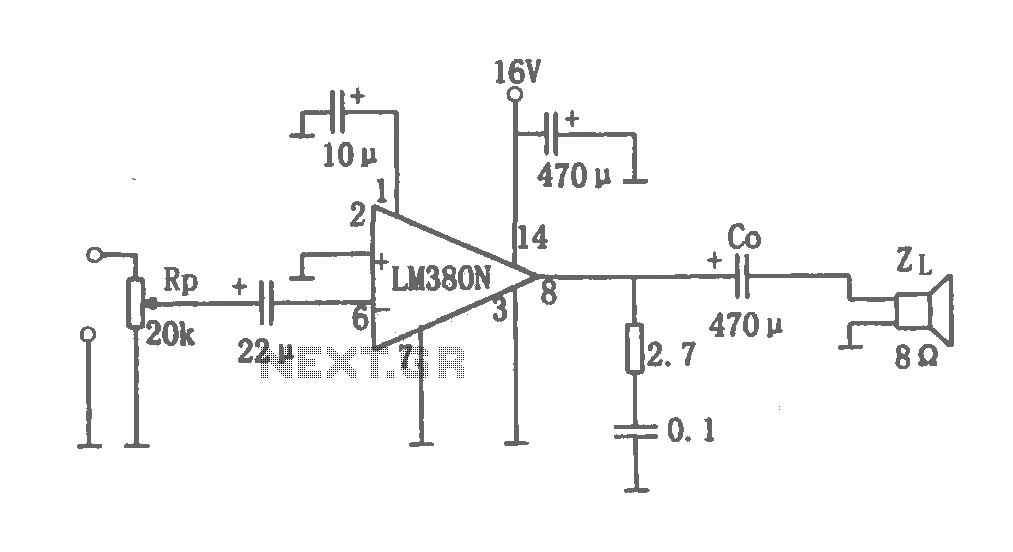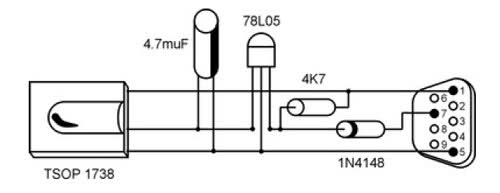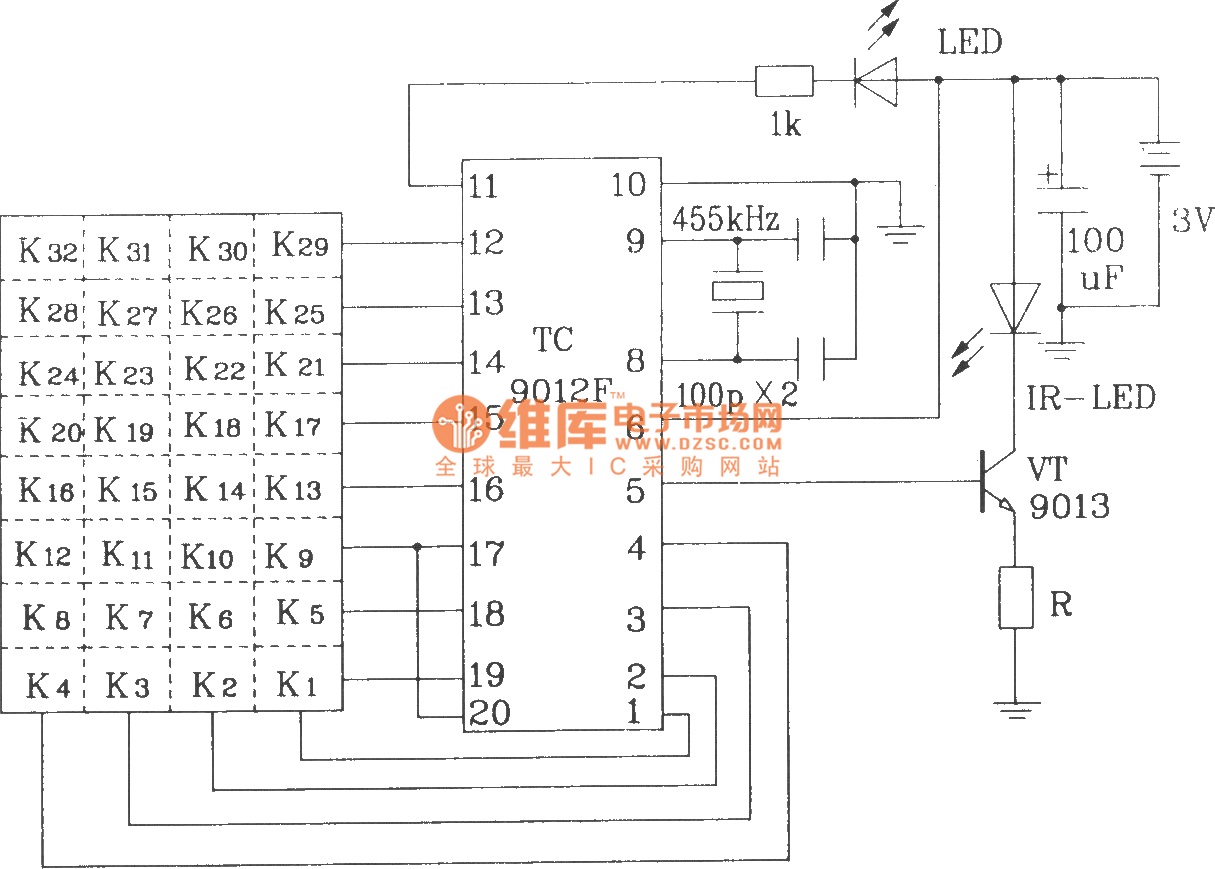
Time Delay Relay Circuit
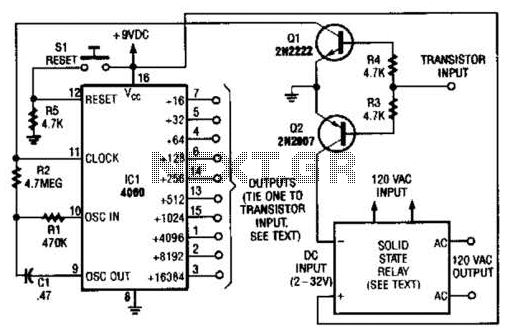
A long-duration timer can be easily constructed using a 4060 CMOS binary divider along with its integrated clock oscillator. The solid-state relay can be selected based on the specific application requirements and may be substituted with a mechanical relay if an appropriate power supply is accessible. The configuration generates a clock frequency of 4.5 Hz. Divided outputs range from 4 to 16,384, corresponding to a duration of approximately 4 hours.
The circuit utilizes the 4060 CMOS binary divider, which features a built-in oscillator capable of producing a stable clock signal. The oscillator's frequency can be adjusted by changing the values of the external resistors and capacitors connected to the timing pins of the 4060. In this scenario, the output frequency of 4.5 Hz is achieved, which allows for the division of the clock signal to create longer timing intervals.
The divided outputs of the 4060 can be accessed from various pins, allowing for a selection of output frequencies ranging from 4 to 16,384. Each division corresponds to a specific output pin, where the higher divisions yield longer timing intervals. For instance, utilizing the 14th output pin provides a division of 16,384, resulting in a timer duration of approximately 4 hours when using a 4.5 Hz clock signal.
In terms of relay selection, the solid-state relay (SSR) is preferred for its fast switching capabilities and reliability. It can be chosen based on the load requirements of the application, including voltage and current ratings. If the application demands higher power handling or isolation, a mechanical relay may be employed, provided that a suitable power supply is available to operate the relay coil.
Overall, this circuit represents a straightforward and effective solution for creating a long-duration timer, leveraging the capabilities of the 4060 CMOS binary divider and its integrated clock oscillator to achieve precise timing functions suitable for various applications. Using a 4060 CMOS binary divider and built-in clock oscillator, a long-duration timer can be made veiy simply. The solid-state relay can be sized for your application, and can be replaced with a mechanical relay if a suitable power supply is available.
With the components shown, a 4.5-Hz clock frequency is generated. Divided outputs are available from 4 to 16384 (about 4 hours).
The circuit utilizes the 4060 CMOS binary divider, which features a built-in oscillator capable of producing a stable clock signal. The oscillator's frequency can be adjusted by changing the values of the external resistors and capacitors connected to the timing pins of the 4060. In this scenario, the output frequency of 4.5 Hz is achieved, which allows for the division of the clock signal to create longer timing intervals.
The divided outputs of the 4060 can be accessed from various pins, allowing for a selection of output frequencies ranging from 4 to 16,384. Each division corresponds to a specific output pin, where the higher divisions yield longer timing intervals. For instance, utilizing the 14th output pin provides a division of 16,384, resulting in a timer duration of approximately 4 hours when using a 4.5 Hz clock signal.
In terms of relay selection, the solid-state relay (SSR) is preferred for its fast switching capabilities and reliability. It can be chosen based on the load requirements of the application, including voltage and current ratings. If the application demands higher power handling or isolation, a mechanical relay may be employed, provided that a suitable power supply is available to operate the relay coil.
Overall, this circuit represents a straightforward and effective solution for creating a long-duration timer, leveraging the capabilities of the 4060 CMOS binary divider and its integrated clock oscillator to achieve precise timing functions suitable for various applications. Using a 4060 CMOS binary divider and built-in clock oscillator, a long-duration timer can be made veiy simply. The solid-state relay can be sized for your application, and can be replaced with a mechanical relay if a suitable power supply is available.
With the components shown, a 4.5-Hz clock frequency is generated. Divided outputs are available from 4 to 16384 (about 4 hours).
